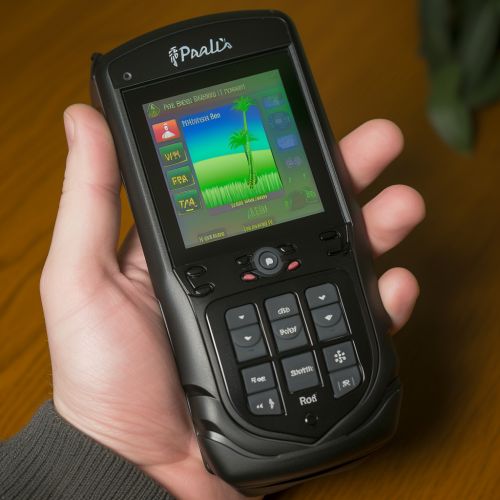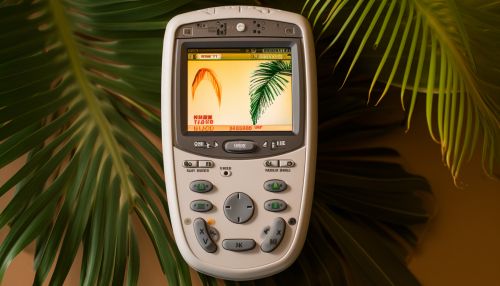Palm OS
Overview
Palm OS is a discontinued mobile operating system initially developed by Palm, Inc., which was later acquired by Hewlett-Packard. Palm OS was designed for ease of use with a touchscreen-based graphical user interface. It is provided with a suite of basic applications for personal information management. However, a key element in the Palm OS's success was the availability of third-party applications, which significantly enhanced the OS's functionality.


History
Palm OS was introduced in 1996 in the PalmPilot PDA, a product of Palm, Inc. The success of PalmPilot and the Palm OS led to a series of updates and revisions over the years. The last version, Palm OS Cobalt 6.1, was released in 2005, but it was not widely adopted. In 2010, HP acquired Palm, Inc. and discontinued the Palm OS, replacing it with webOS.
Architecture
Palm OS is a monolithic kernel and does not support multitasking, but it does support multi-threading. The OS uses a single address space, which means that all applications have access to the system's memory. This architecture has both advantages and disadvantages. On the one hand, it simplifies the development of applications. On the other hand, it can lead to system instability if an application misbehaves.
User Interface
The user interface of Palm OS is based on a graphical user interface with a touch screen and optional stylus. The main screen, called the launcher, displays a list of installed applications. Users can customize the launcher with different categories and sort applications based on their preferences.
Applications
Palm OS comes with a set of built-in applications, including an address book, calendar, task list, memo pad, and calculator. The OS also supports a wide range of third-party applications, which can be installed using the HotSync synchronization system. Some of the most popular third-party applications include games, office suites, and multimedia players.
Development
Development for Palm OS was done using the Palm OS Developer Suite, which included the C and C++ languages. The suite also included a simulator for testing applications on a desktop computer before deploying them to a Palm OS device.
Legacy
Despite its discontinuation, Palm OS had a significant impact on the mobile operating system landscape. It was one of the first successful mobile operating systems and set the standard for future mobile OS designs. Many features of modern mobile operating systems, such as the concept of an app store, were first popularized by Palm OS.
